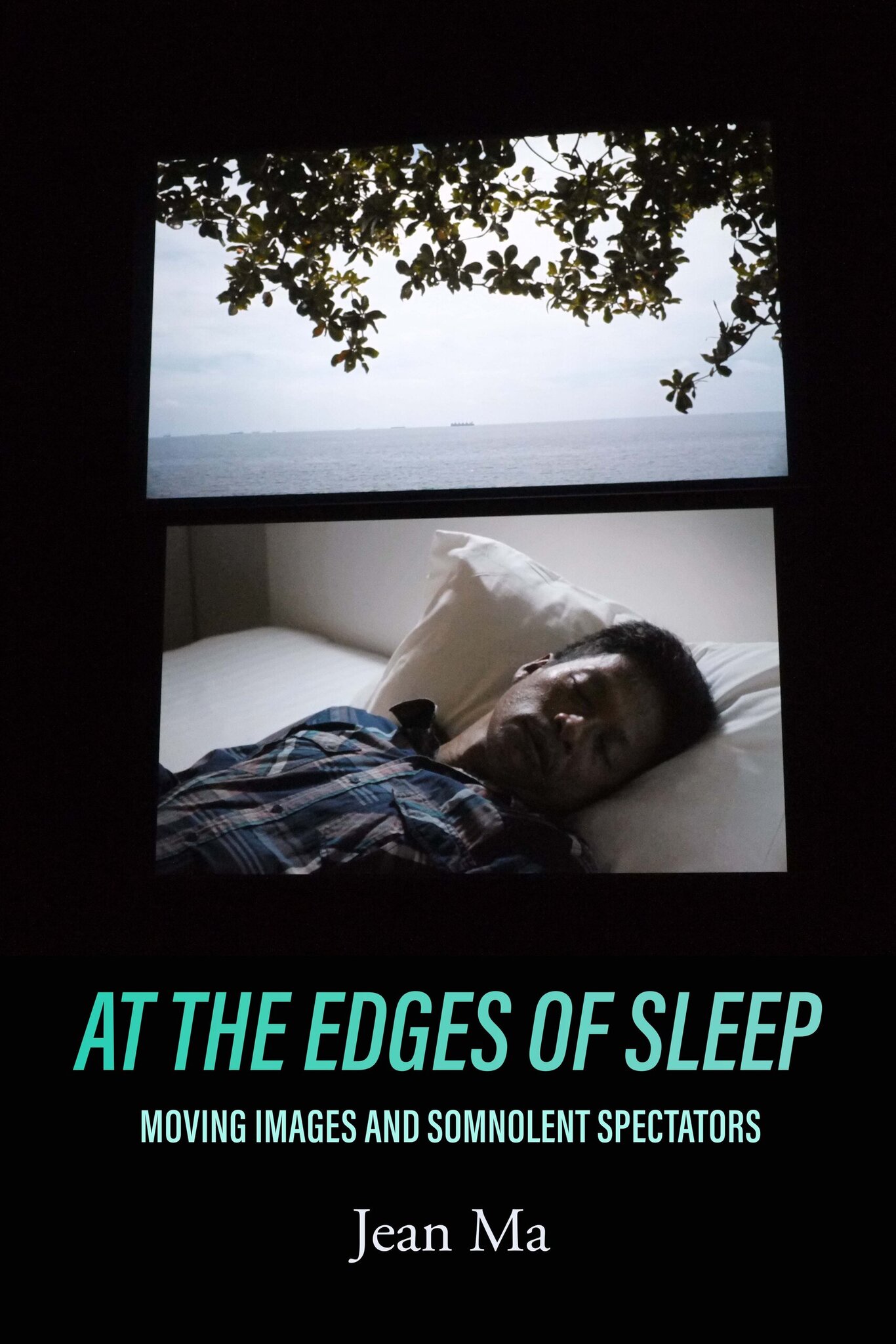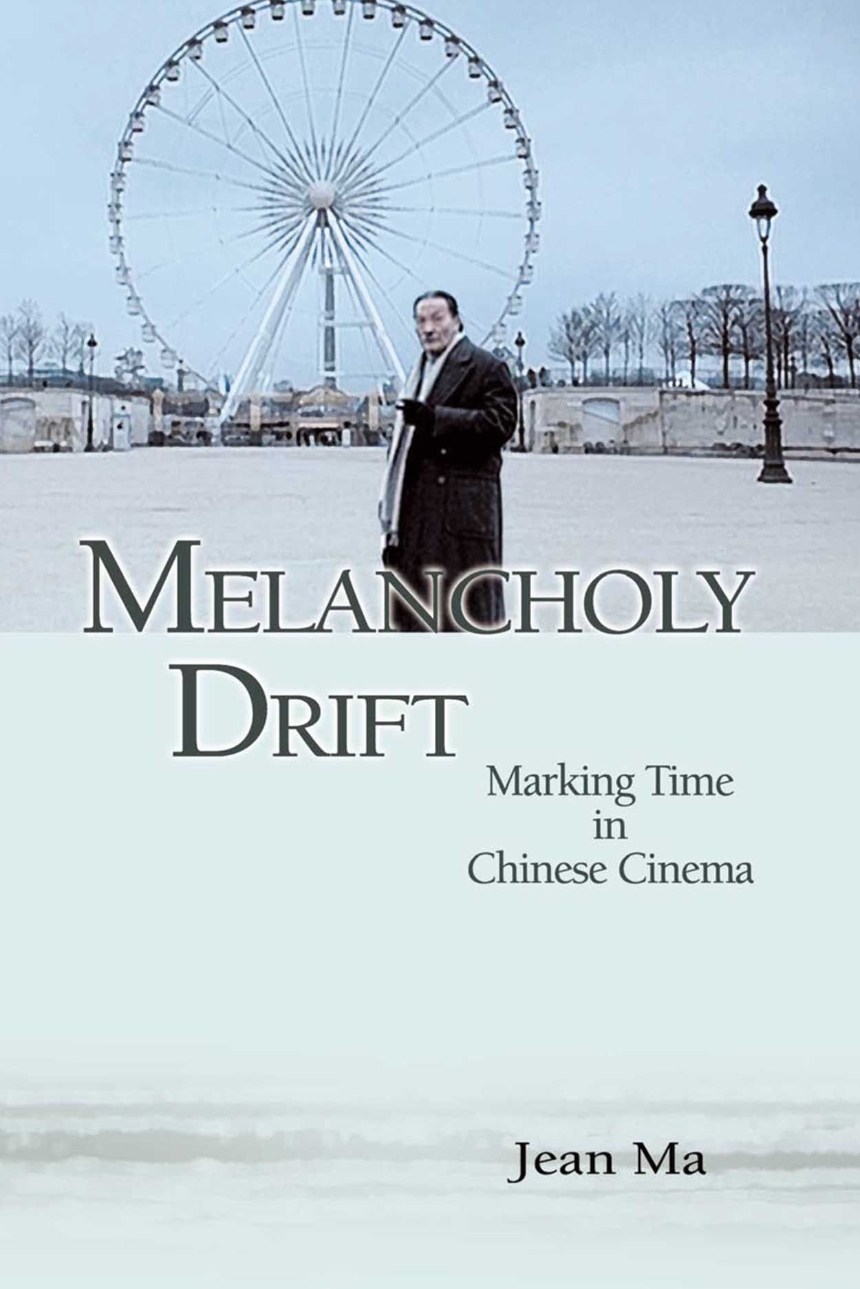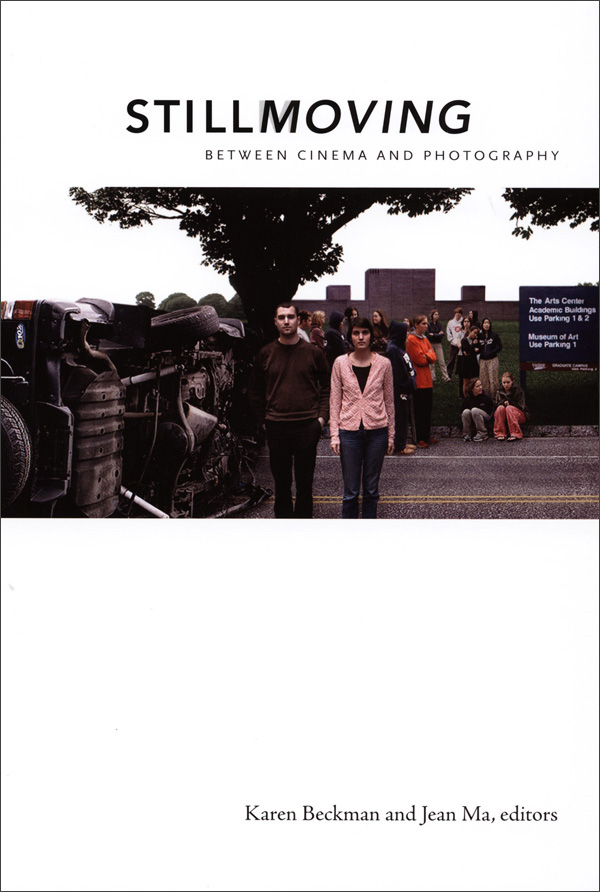BOOKS & VOLUMES
At the Edges of Sleep: Moving Images and Somnolent Spectators
Recipient of the Creative Capital | Andy Warhol Foundation Arts Writers Book Grant
Shortlisted for the 2023 Kraszna-Krausz Book Awards
Finalist for the 2023 ASAP Book Prize
Many recent works of contemporary art, performance, and film turn a spotlight on sleep, wresting it from the hidden, private spaces to which it is commonly relegated. At the Edges of Sleep considers sleep in film and moving image art as both a subject matter to explore onscreen and a state to induce in the audience. Far from negating action or meaning, sleep extends these into new territories as it designates ways of existing in the world. Defined positively, sleep also expands our understanding of reception beyond the binary of concentration and distraction. These possibilities converge in the work of Thai filmmaker and artist Apichatpong Weerasethakul, who has explored the subject of sleep systematically throughout his career. In examining Apichatpong’s work, Jean Ma brings together an array of interlocutors—from Freud to Proust, George Méliès to Tsai Ming-liang, Weegee to Warhol—to rethink moving images through the lens of sleep. Ma exposes an affinity between cinema, spectatorship, and sleep that dates to the earliest years of filmmaking, and sheds light upon the shifting cultural valences of sleep in the present moment.
University of California Press, 2022Luminos open source digital edition
[DOWNLOAD]

Sounding the Modern Woman: The Songstress in Chinese Cinema
From the beginning of the sound cinema era, singing actresses captivated Chinese audiences. In Sounding the Modern Woman, Jean Ma shows how their rise to stardom attests to the changing roles of women in urban modernity and the complex symbiosis between the film and music industries. The songstress—whether appearing as an opera actress, showgirl, revolutionary, or country lass—belongs to the lineage of the Chinese modern woman, and her forty year prevalence points to a distinctive gendering of lyrical expression in Chinese film. Ma guides readers through film history by way of the on and off-screen careers of many of the most compelling performers in Chinese film history, such as Zhou Xuan and Grace Chang, revealing the ways that national crises and Cold War conflict shaped their celebrity. As a bridge between the film cultures of prewar Shanghai and postwar Hong Kong, the songstress brings into view a dense web of connections linking these two periods and places that cut across the divides of war, national politics, and geography.
Duke University Press, 2015
Introduction
[LINK]

Melancholy Drift: Marking Time in Chinese Cinema
Ma offers an innovative study of three provocative Chinese directors Wong Kar-wai, Hou Hsiao-hsien, and Tsai Ming-liang. Focusing on the highly stylized and nonlinear configurations of time in each director’s films, she argues that these directors have brought new global respect for Chinese cinema in amplifying motifs of loss, nostalgia, haunting, absence and ephemeral poetics. Hou, Tsai, and Wong all insist on the significance of being out of time, not merely out of place, as a condition of global modernity. Ma argues that their films collectively foreground the central place of contemporary Chinese films in a transnational culture of memory, characterized by a distinctive melancholy that highlights the difficulty of binding together past and present into a meaningful narrative.
Hong Kong University Press, 2010
[LINK]

Still Moving: Between Cinema and Photography
In Still Moving noted artists, filmmakers, art historians, and film scholars explore the boundary between cinema and photography. The interconnectedness of the two media has emerged as a critical concern for scholars in the field of cinema studies responding to new media technologies, and for those in the field of art history confronting the ubiquity of film, video, and the projected image in contemporary art practice. Engaging still, moving, and ambiguous images from a wide range of geographical spaces and historical moments, the contributors to this volume address issues of indexicality, medium specificity, and hybridity as they examine how cinema and photography have developed and defined themselves through and against one another.
Foregrounding the productive tension between stasis and motion, two terms inherent to cinema and to photography, the contributors trace the shifting contours of the encounter between still and moving images across the realms of narrative and avant-garde film, photography, and installation art. Still Moving suggests that art historians and film scholars must rethink their disciplinary objects and boundaries, and that the question of medium specificity is a necessarily interdisciplinary question. From a variety of perspectives, the contributors take up that challenge, offering new ways to think about what contemporary visual practice is and what it will become.
Contributors: George Baker, Rebecca Baron, Karen Beckman, Raymond Bellour, Zoe Beloff, Timothy Corrigan, Nancy Davenport, Atom Egoyan, Rita Gonzalez, Tom Gunning, Louis Kaplan, Jean Ma, Janet Sarbanes, Juan A. Suárez
Coedited with Karen Beckman, Duke University Press, 2008
[LINK]

“Sound and Music”
A special issue of the Journal of Chinese Cinemas, coedited with Matthew Johnson, 2013
Contributors: Nicole Huang, Ying Bao, Lily Wong, Evelyn Shih, Mark Gallagher and Julian Stringer, Charles Kronengold

© 2022 JEAN MA
DESIGN BY ZOË FITZPATRICK ROGERS
DESIGN BY ZOË FITZPATRICK ROGERS